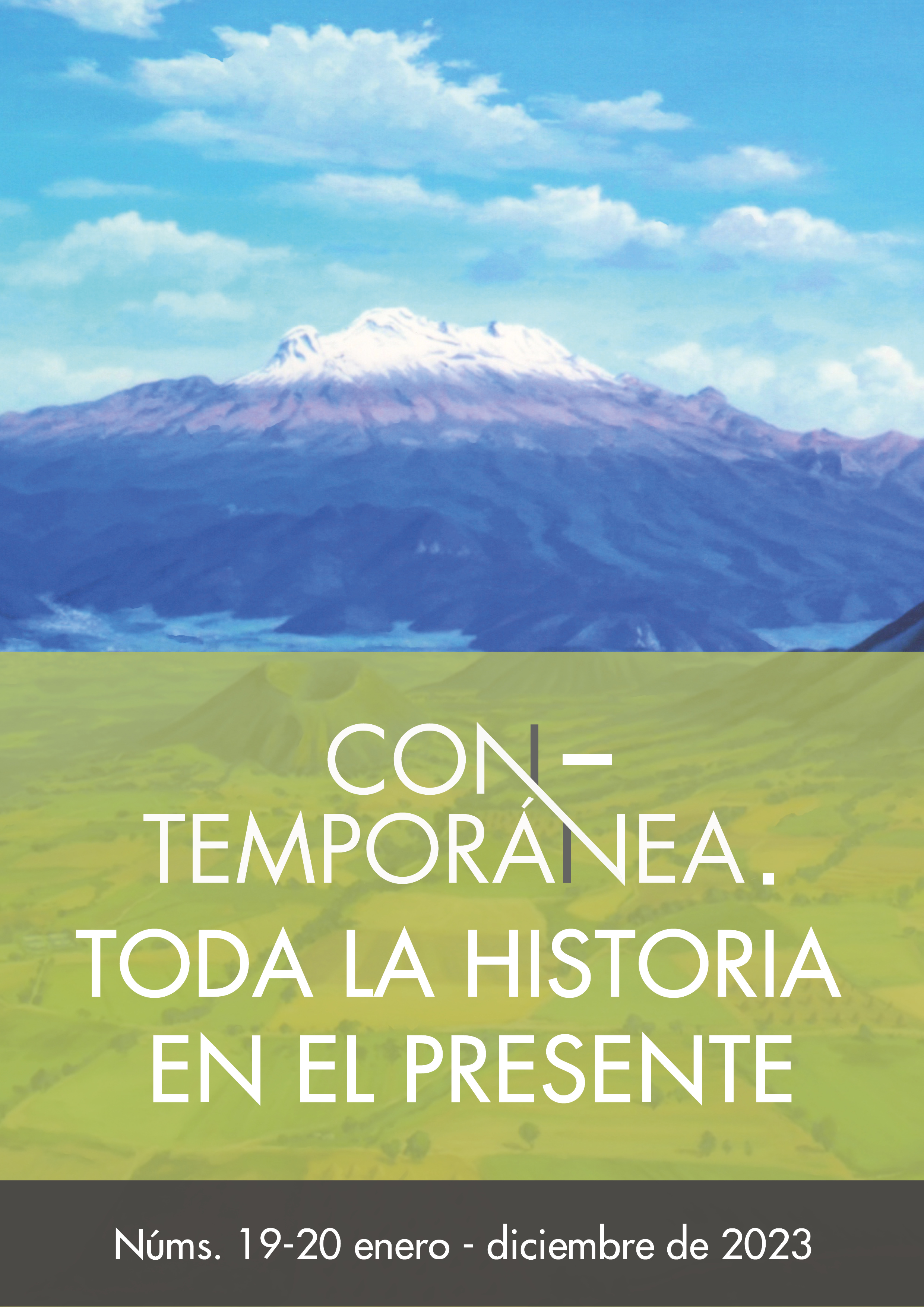“Por mi rastro, por mi sombra y por mi montaña”. El curanderismo en la costa norte de Perú
Keywords:
Lambayeque, curanderismo, initiation, shamanism, mesas, arts, numerology.Abstract
On the northern coast of Peru there is a cultural phenomenon that enjoys great national and international prestige. It is a shamanic tradition with a long historical trajectory that can be corroborated by the archaeological remains found in the semi-desert lands of the department of Lambayeque. Likewise, during colonial times, the testimonies of great healers were recorded in viceroyalty documentation through the persecution of idolatries, where the types of healers that existed, the use of their ritual objects for healing, the entities with which they made agreements and dialogued, as well as the price they charged, among other elements, are mentioned. In spite of their persecution, nowadays the masters have a great presence and their forms of initiation and work are as valid as in colonial times, since they have been able to adapt very well to the current world system. That is why, in this work, under an ethnohistorical approach, we address what it means to be a healer in northern Peru at the dawn of the 21st century.
Downloads
References
Arriaga, Pablo Joseph de, “La extirpación de idolatrías en el Piru”, Crónicas peruanas de interés indígena, Madrid, BAE, 1968 [1621], p. 207.
Arroyo, Sabino, Dioses y oratorios andinos de Huancabamba. Cosmología y curanderismo en la sierra de Piura, Lima, Universidad Mayor de San Marcos, 2004, p. 23.
Camino, Lupe, “Lagunas mágicas al norte del Perú”, Perú Mágico, Lima, Mesa Redonda / Centro Cultural España, 2009, pp. 47-61.
Fernández Juárez, Gerardo, Hechiceros y ministros del diablo. Rituales, prácticas médicas y patrimonio inmaterial en los Andes (siglos XVI-XXI), Quito, Abya Yala, 2012, p. 10.
García Añoveros, Jesús, “Características del cristianismo indígena”, Itinerario para párrocos de indios, libros I-II, Madrid, Centro Superior de Investigación Científica, 1995, p. 46.
Hocquenghem, Anne Marie, Iconografía mochica, Lima, Fondo Editorial Pontificia Universidad Católica del Perú, 1987.
Millones, Luis, Las confesiones de don Juan Vázquez: con el apéndice documental, Lima, Institut francais d’études andines, 2002, p. 9, disponible en: https://books.openedition.org/ifea/376?lang=es Consultado el 12 de febrero de 2022.
Ondegardo, Juan Polo de, “Los ritos de los indios. Los errores y supersticiones de los indios”, en Polo de Ondegardo: un cronista vallisoletano en el Perú, Valladolid, Universidad de Valladolid, 1999 [1559], p. 99.
Polia Meconni, Mario, “Shamanismo andino: un perfil cultural”, Shamán, la búsqueda, España, UNESCO, s.?f., p. 286.
Rostworowski de Díez Canseco, María, Estructuras andinas del poder. Ideología religiosa y política, Lima, Instituto de Estudios Peruanos, 1996, p. 22.
Sharon, Douglas, El Shamán de los cuatro vientos, México, Siglo XXI, 1980, p. 200.
Urbano, Henrique, “Ídolos, figuras, imágenes. La representación como discurso ideológico”, en Catolicismo y extirpación de idolatrías. Siglos XVI-XVIIII, Cuzco, Centro de Estudios Regionales Andinos Bartolomé de las Casas, 1993, p. 15.
Villavicencio, Maritza, “El oráculo de los pallares sagrados”, en Maritza Villavicencio (antol.), Perú mágico, Lima, Mesa Redonda / Centro Cultural España, 2009, pp. 91-104.



